Beneath your feet lies one of Earth’s most complex ecosystems, teeming with life that most people never see or think about. Every step you take rests on a foundation built not just by geological forces, but by trillions of tiny workers who have been manufacturing the very ground we walk on for hundreds of millions of years. These microscopic architects don’t use hammers or cement – they use their bodies, their waste, and their endless appetite for decomposition to create something more valuable than gold: fertile soil.
The Hidden Army Beneath Our Feet
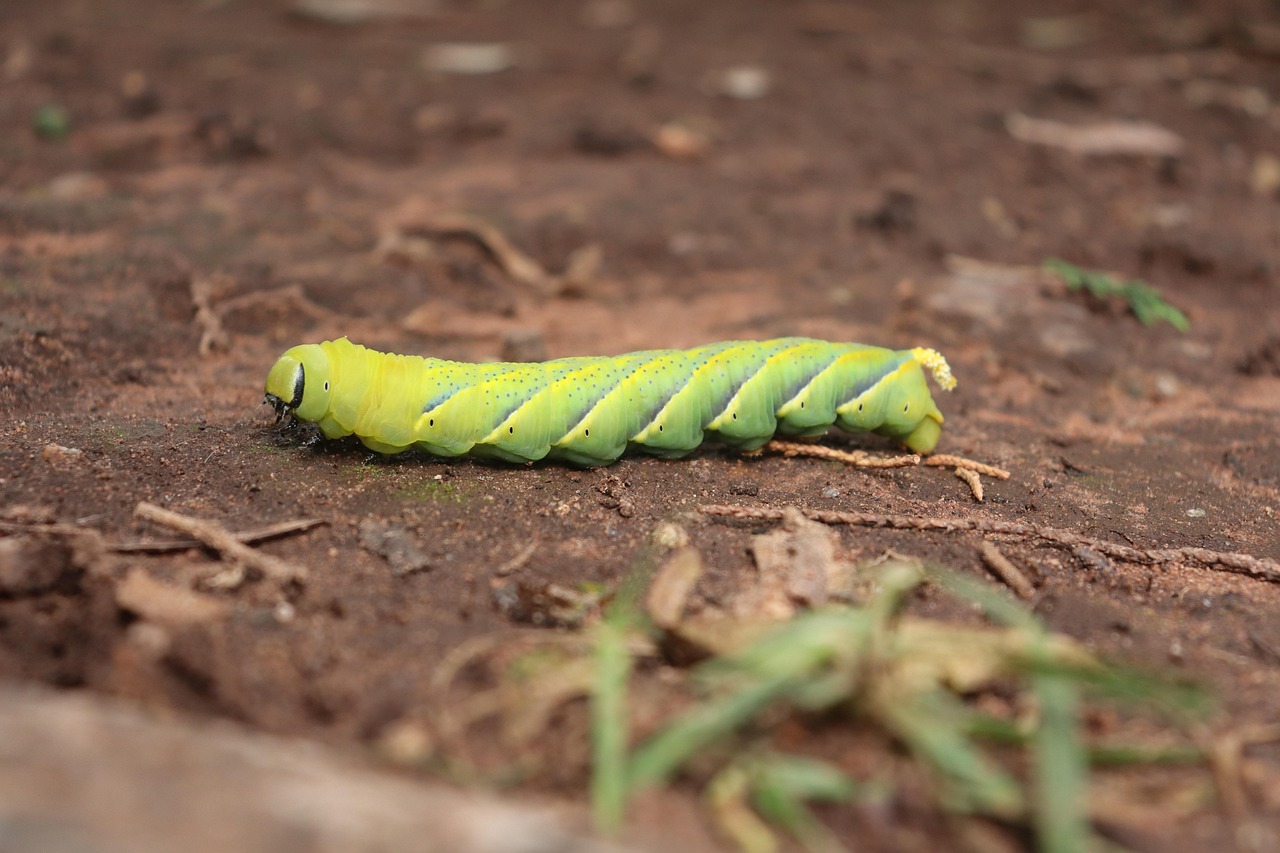
While most people think of soil as just dirt, it’s actually a living, breathing ecosystem where insects play starring roles as engineers and recyclers. Every square meter of healthy soil contains thousands of insects and their relatives, working around the clock to break down organic matter and create the foundation for all terrestrial life. These tiny creatures don’t just live in soil – they actively manufacture it through their daily activities.
The scale of this underground workforce is staggering. Scientists estimate that insects and other soil-dwelling arthropods can number in the hundreds of thousands per square meter in rich forest soil. They’re not just passengers in this underground world; they’re the primary drivers of soil formation, nutrient cycling, and ecosystem health.
Nature’s Ultimate Recycling Program
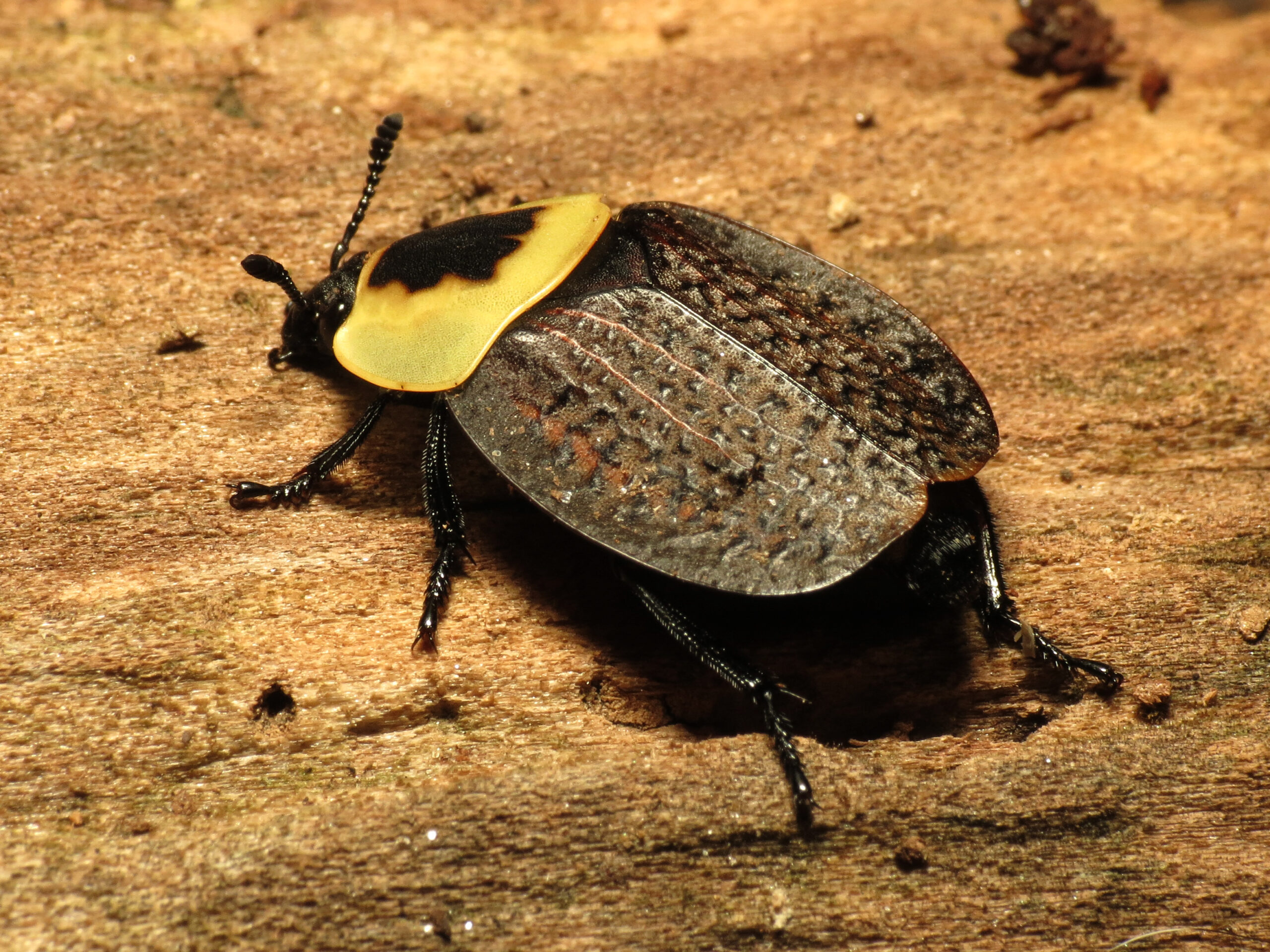
Insects have perfected the art of recycling long before humans ever thought about environmental conservation. When leaves fall from trees, dead animals decompose, or plant roots die, insects immediately get to work breaking down these organic materials. They chew, digest, and excrete these materials in forms that plants can easily absorb as nutrients.
This process happens constantly, with different insect species specializing in different types of decomposition. Some focus on fresh organic matter, while others tackle the tougher, more resistant materials that have already been partially decomposed. It’s like having a multi-stage recycling plant operating 24/7 beneath every forest, garden, and grassland.
Without this insect-driven recycling system, dead organic matter would pile up endlessly, nutrients would remain locked away, and new plant growth would be impossible. The entire cycle of life depends on these tiny decomposers doing their unglamorous but essential work.
Beetles: The Soil’s Heavy Machinery
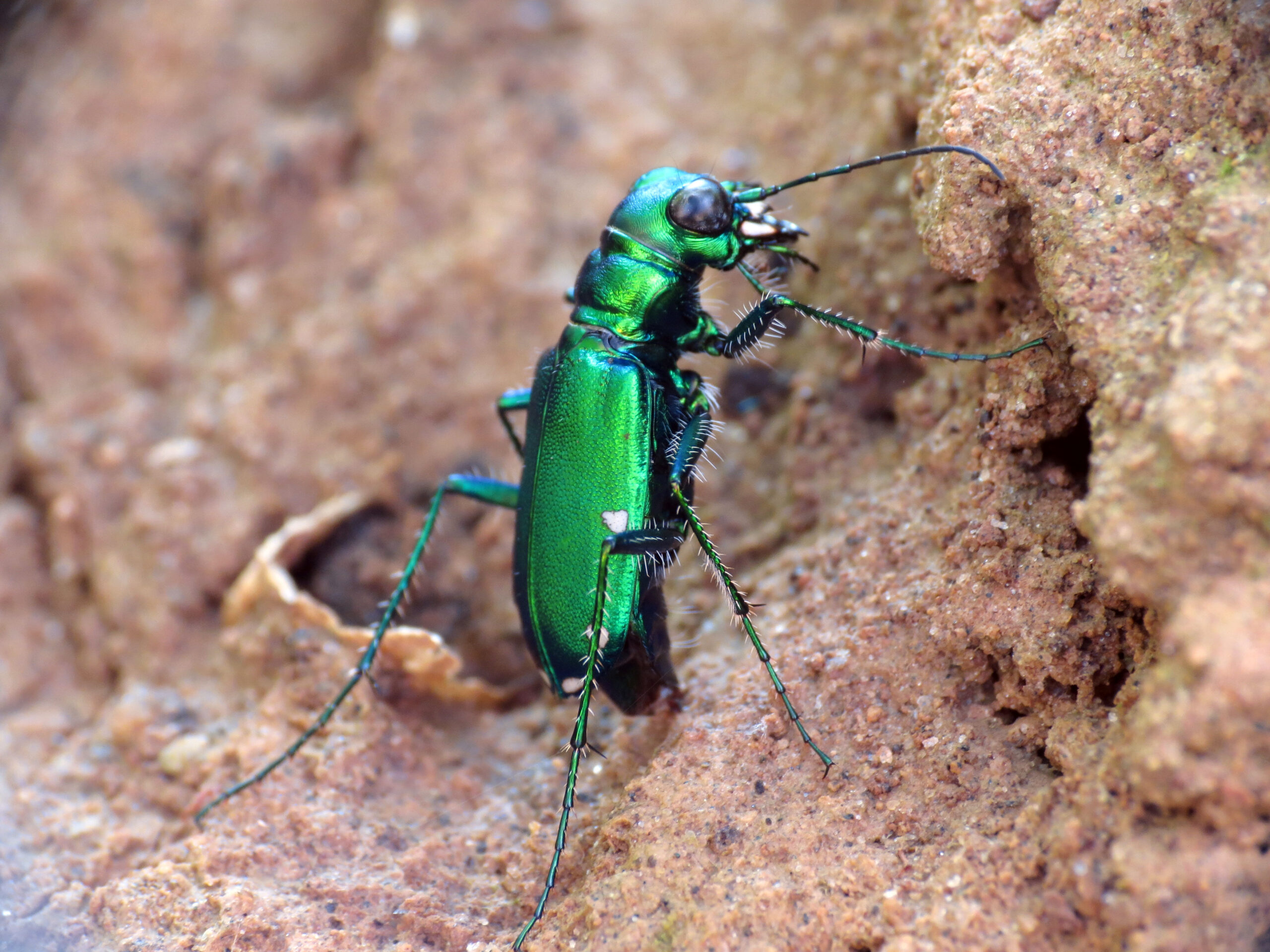
Ground beetles and their larvae are like the bulldozers of the soil world, using their powerful mandibles to break apart tough organic materials that other insects can’t handle. These armored warriors can process everything from fallen logs to animal carcasses, grinding them down into smaller pieces that other decomposers can work with more easily.
Scarab beetles, including the famous dung beetles, specialize in processing animal waste into nutrient-rich soil amendments. A single dung beetle can bury several times its own body weight in manure each day, mixing it with soil and creating pockets of concentrated fertility that can boost plant growth for months.
The larvae of many beetle species spend their entire development underground, constantly tunneling through soil and organic matter. As they move, they create channels that improve soil aeration and water infiltration while leaving behind nutrient-rich castings that enrich the surrounding earth.
Ants: Master Soil Architects
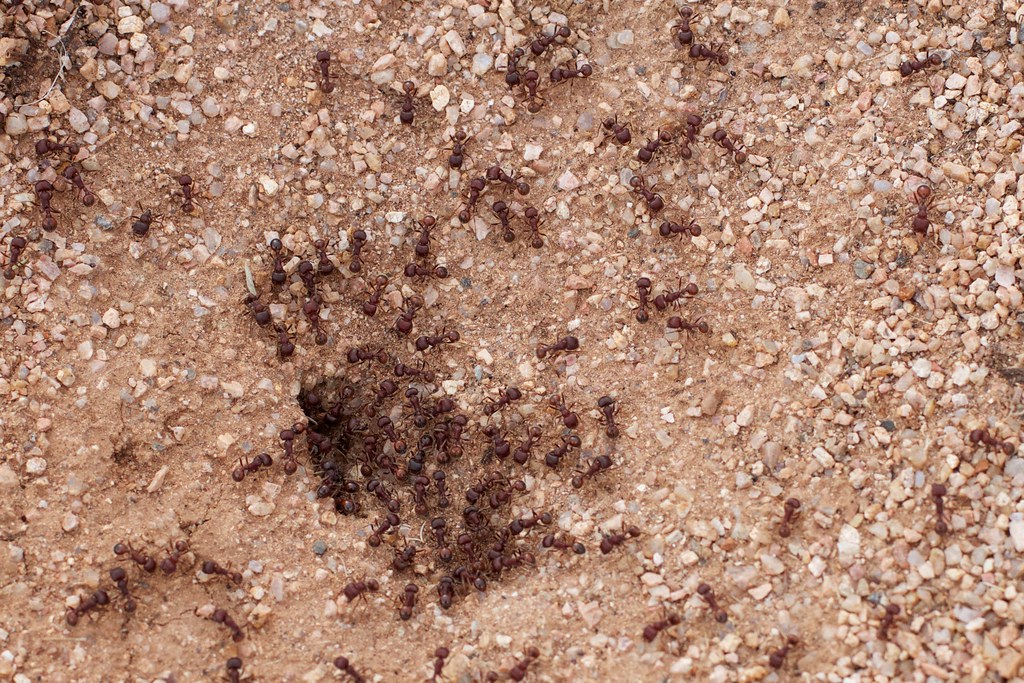
Ants are perhaps the most prolific soil engineers on Earth, moving more soil than earthworms in many ecosystems. Their elaborate underground cities require constant excavation, with worker ants hauling billions of tiny soil particles to the surface and redistributing them across the landscape. This activity alone can completely reshape the soil profile over time.
Different ant species create different types of soil structures. Some build deep, narrow galleries that improve drainage, while others create broad, shallow chambers that concentrate organic matter near the surface. Leafcutter ants even create underground gardens where they cultivate fungus, producing rich compost that dramatically improves soil fertility.
The soil around ant colonies is typically much richer in nutrients than surrounding areas because ants constantly bring food scraps, dead insects, and plant materials back to their nests. When these materials decompose, they create hotspots of fertility that can support more diverse plant communities.
Termites: The Ultimate Decomposition Specialists
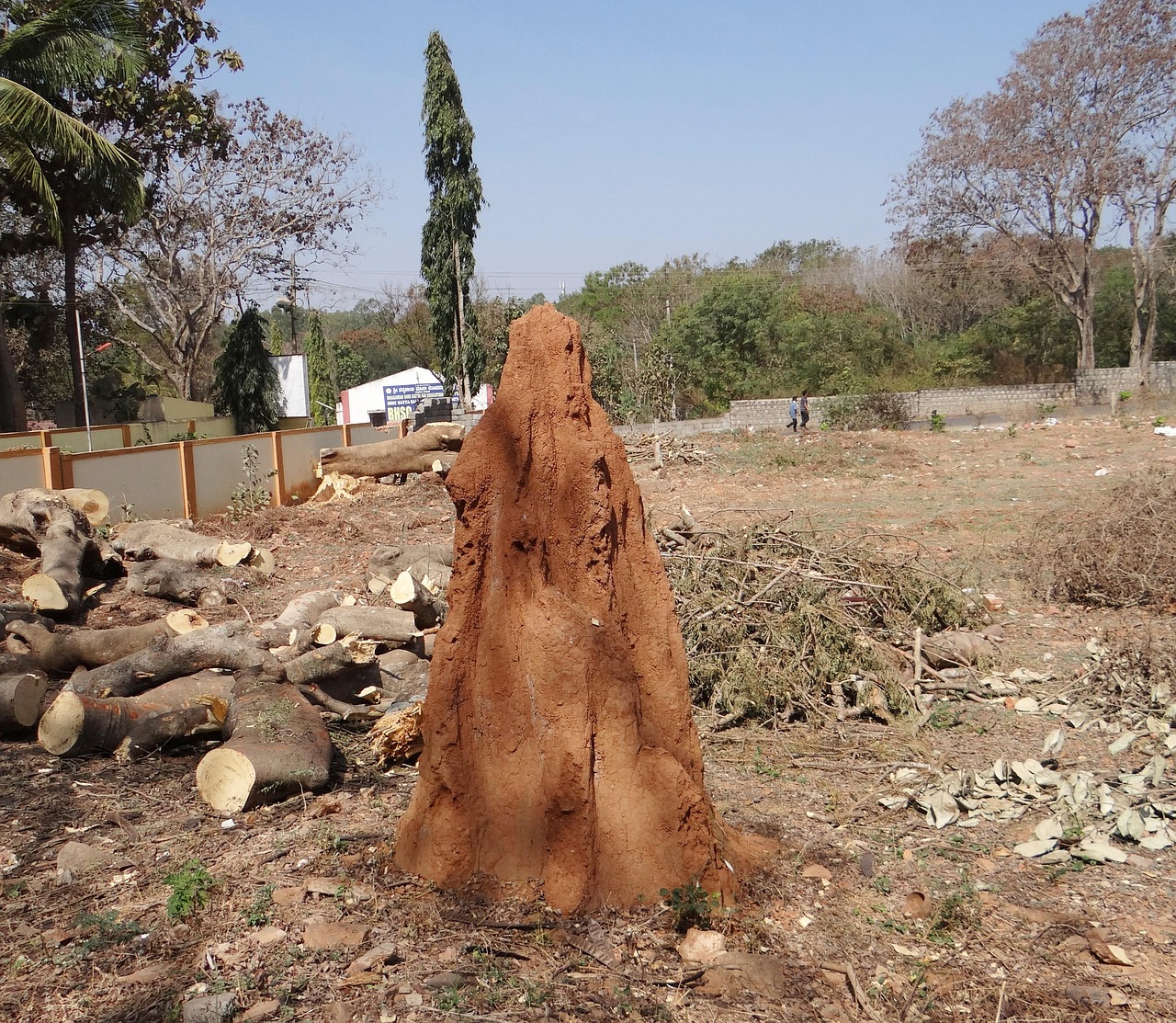
Termites are nature’s most efficient wood processors, capable of breaking down cellulose and lignin – the tough structural components of plants that few other organisms can digest. Their gut bacteria help them convert dead wood into soil organic matter, essentially transforming fallen trees into fertile earth.
In tropical ecosystems, termites can process up to 90% of all dead wood, preventing forests from becoming clogged with debris while simultaneously enriching the soil. Their elaborate underground colonies create networks of tunnels that improve soil structure and water movement throughout the ecosystem.
Termite mounds are marvels of engineering that can dramatically alter local soil chemistry. These structures concentrate nutrients and create unique microhabitats that support specialized plant communities. When old mounds eventually break down, they leave behind patches of exceptionally fertile soil that can remain productive for decades.
Fly Larvae: Nature’s Rapid Response Team
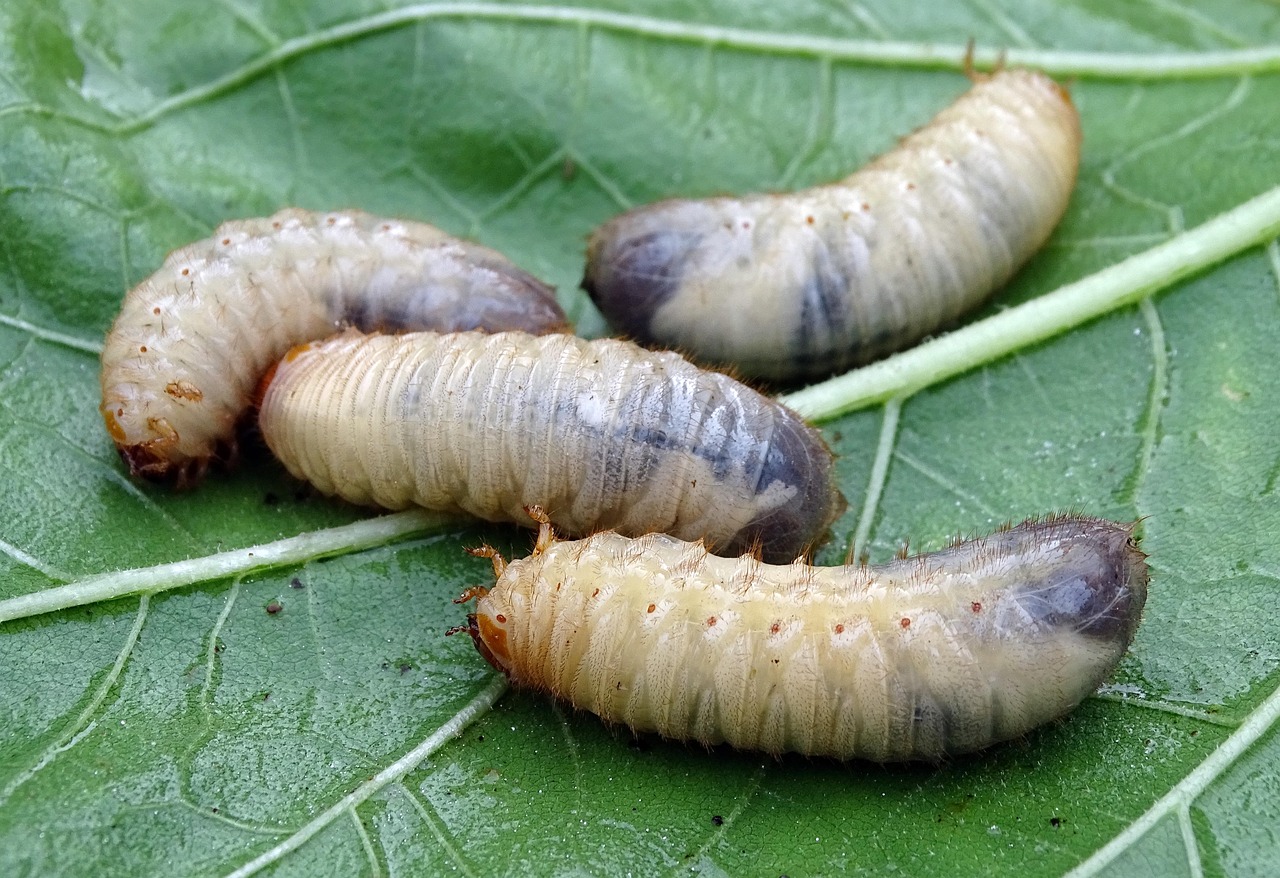
While adult flies might seem like mere nuisances, their larvae are incredibly important soil creators. Maggots work with extraordinary speed to break down organic matter, often processing dead animals and plant material faster than any other decomposer. Their rapid development means they can quickly convert large amounts of organic matter into soil nutrients.
Many fly species specialize in different types of decomposition. Some focus on fresh organic matter, while others tackle more challenging materials like animal bones and tough plant fibers. This specialization ensures that virtually no organic material goes to waste in healthy ecosystems.
The castings produced by fly larvae are exceptionally rich in nutrients and beneficial microorganisms. These nutrient-dense deposits can significantly improve soil fertility in localized areas, creating microsites where plants can thrive even in otherwise poor conditions.
The Microscopic Helpers
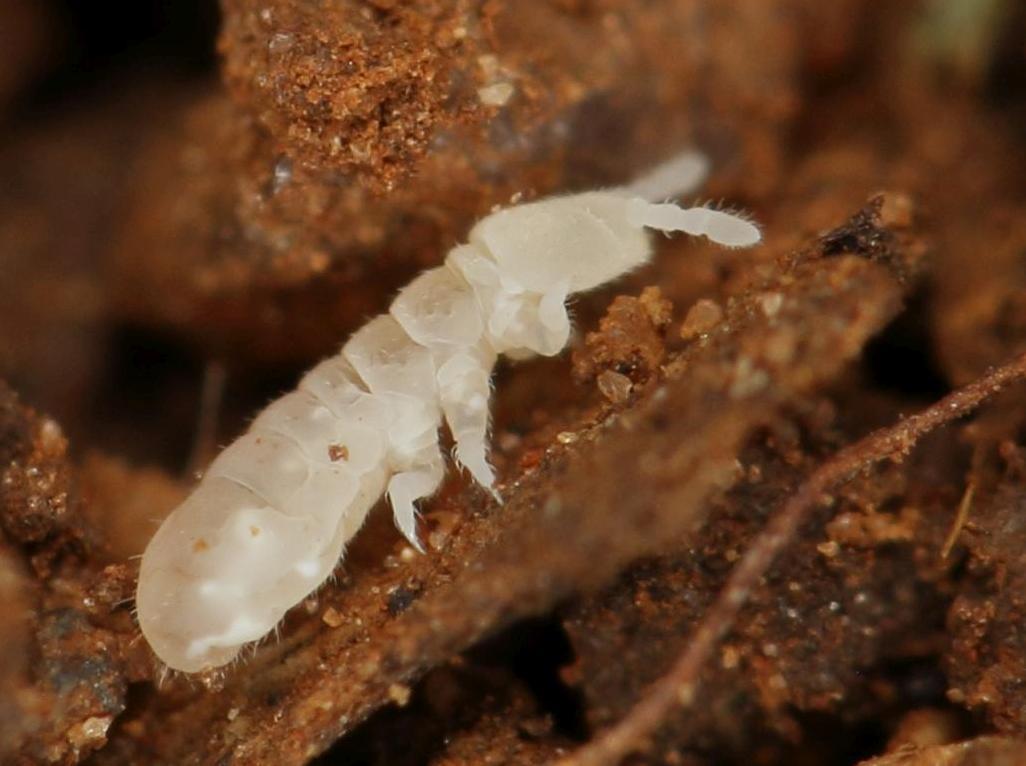
Springtails and other tiny soil arthropods might be invisible to the naked eye, but they’re among the most numerous and important soil creators. These microscopic creatures feed on fungi, bacteria, and decomposing organic matter, breaking it down into even smaller particles that can be more easily incorporated into soil.
Their constant movement through soil creates countless tiny channels that improve aeration and water movement. Like miniature plows, they mix organic matter with mineral particles, creating the complex soil structure that plants need to thrive.
Because they’re so small and numerous, springtails can process enormous amounts of organic matter relative to their size. A single handful of forest soil might contain hundreds of these tiny decomposers, all working together to create the rich, fertile earth that supports forest ecosystems.
Creating Soil Structure Through Movement
Insect movement through soil does more than just mix materials – it creates the complex three-dimensional structure that makes soil productive. As insects tunnel, burrow, and crawl through earth, they create networks of pores and channels that allow air and water to penetrate deep into the soil profile.
These insect-created spaces become highways for plant roots, allowing them to explore larger volumes of soil and access nutrients that would otherwise be unavailable. The channels also provide pathways for beneficial fungi and bacteria to spread throughout the soil ecosystem.
Without this constant physical restructuring by insects, soil would become compacted and poorly aerated, making it difficult for plants to grow. The loose, crumbly texture of healthy soil is largely the result of countless insect tunnels and chambers that create space for air, water, and roots.
Chemical Soil Engineering
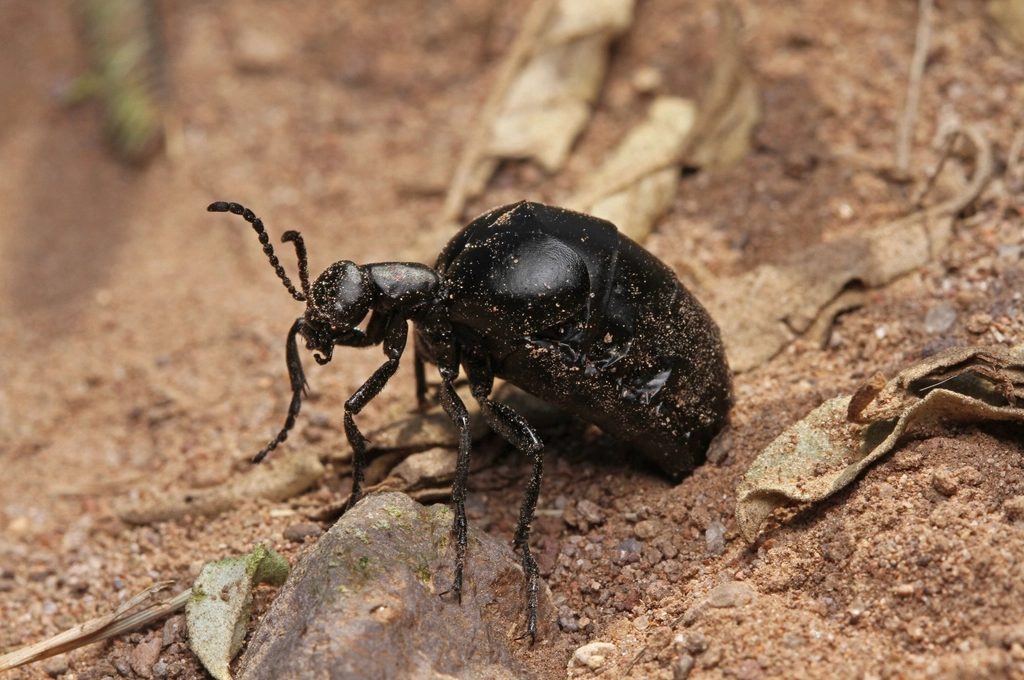
Insects don’t just physically move soil – they chemically transform it through their digestive processes. When insects eat organic matter, they break down complex molecules into simpler compounds that plants can use as nutrients. Their digestive enzymes can process materials that would otherwise remain locked away in dead plant and animal tissue.
The pH of soil is often influenced by insect activity. Some insects produce acidic secretions that can lower soil pH, while others create alkaline conditions. This chemical modification can make nutrients more available to plants or create conditions that favor specific plant communities.
Insect castings are like time-release fertilizer capsules, slowly releasing nutrients as they decompose. These nutrient-rich deposits can remain active in soil for months or even years, providing a steady supply of plant food long after the insects have moved on.
The Fungal Partnership
Many soil insects have evolved partnerships with fungi that dramatically enhance their soil-creating abilities. These fungal allies help insects break down tough organic materials like cellulose and lignin, while the insects provide the fungi with nutrients and protection. Together, they can decompose materials that neither could handle alone.
Fungal networks in soil are often maintained and spread by insect activity. As insects move through soil, they carry fungal spores on their bodies, helping establish new fungal colonies throughout the ecosystem. These fungal networks then work alongside insects to create more complex and productive soil communities.
The relationship between insects and soil fungi is so important that many ecosystems would collapse without it. The rich, dark soil of old-growth forests is largely the product of centuries of insect-fungal partnerships breaking down fallen trees and organic matter.
Climate Control Through Soil Creation
Insect-created soil plays a crucial role in regulating Earth’s climate by storing carbon that would otherwise be released into the atmosphere. When insects process organic matter and incorporate it into soil, they help lock carbon away for decades or even centuries.
The soil structure created by insect activity also affects how ecosystems respond to climate change. Well-structured soil can hold more water during droughts and drain better during floods, helping plant communities remain stable despite changing weather patterns.
As climate change accelerates, the soil-creating work of insects becomes even more important. Healthy, insect-rich soils are more resilient to extreme weather events and can better support the diverse plant communities that help regulate local and global climate.
The Ripple Effects on Ecosystems
The soil created by insects doesn’t just benefit plants – it supports entire food webs and ecosystem processes. Rich, insect-created soil supports more diverse plant communities, which in turn provide habitat and food for countless other species.
Water cycles are heavily influenced by insect-created soil structure. The channels and pores created by soil insects allow rainwater to penetrate deep into the earth rather than running off the surface. This groundwater recharge is essential for maintaining streams, wetlands, and the overall health of watersheds.
Even human agriculture depends on the soil-creating work of insects. The world’s most productive farmlands are built on soils that were created over millennia by insect activity. Without this foundation, modern agriculture would be impossible.
When Insects Disappear: The Soil Crisis
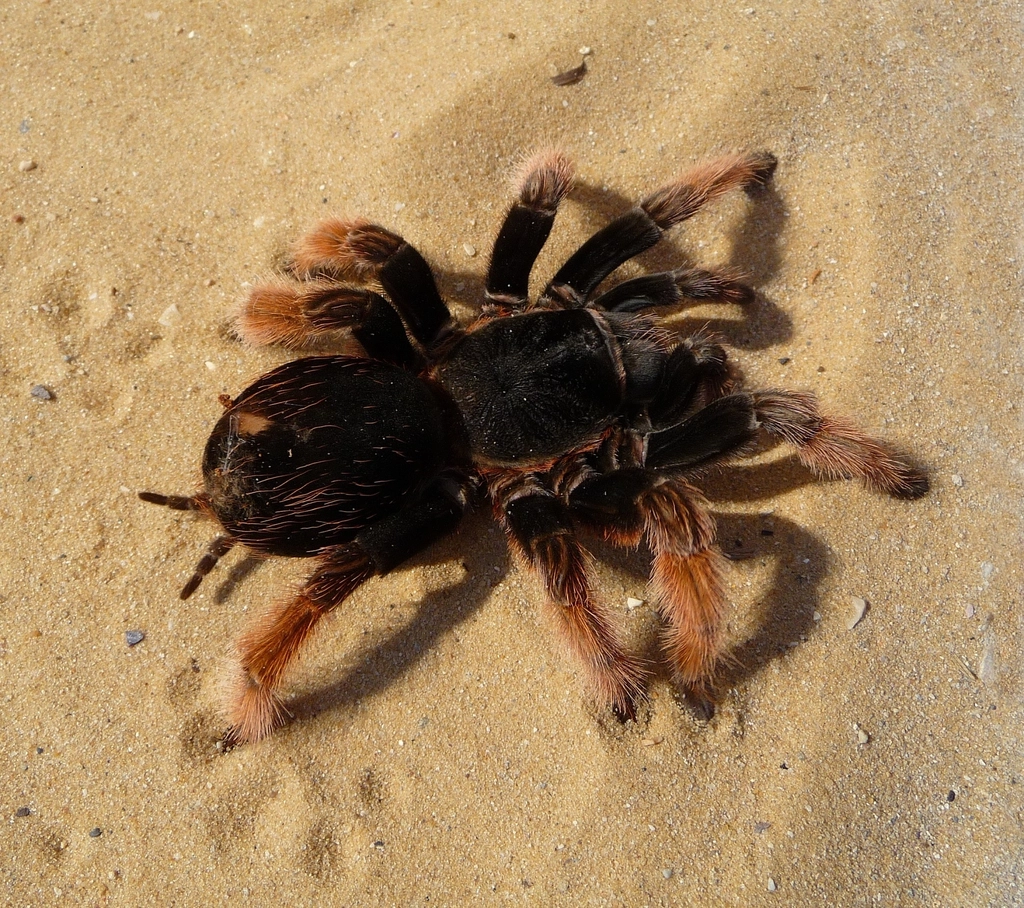
The global decline in insect populations represents a serious threat to soil health and ecosystem stability. When insect communities collapse, the rate of soil creation slows dramatically, and existing soil begins to degrade. This process can take decades to become apparent, but its effects are devastating.
Agricultural areas that rely heavily on pesticides often show reduced soil quality over time as insect populations decline. The natural recycling processes that maintain soil fertility are disrupted, requiring increased inputs of artificial fertilizers to maintain productivity.
Urban areas face similar challenges when development destroys soil insect communities. Without these tiny recyclers, organic matter accumulates, soil structure deteriorates, and plant communities become less diverse and resilient.
Protecting Our Soil Engineers
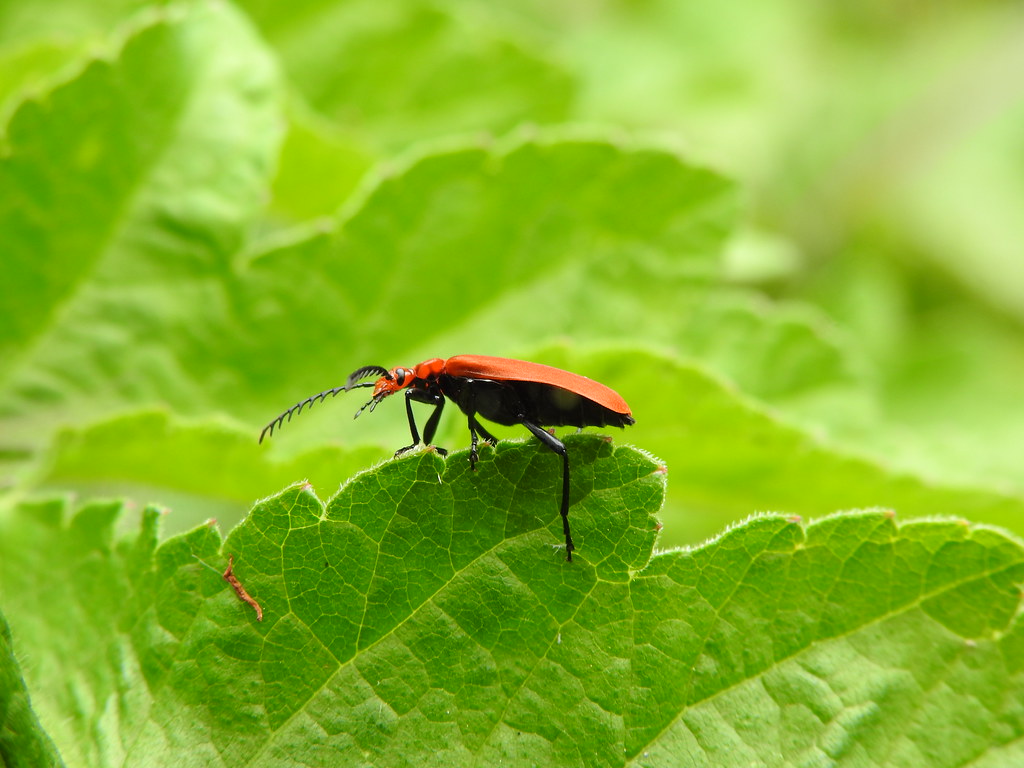
Understanding the crucial role insects play in soil creation should change how we think about pest control and land management. Many of the insects we consider pests are actually essential soil engineers whose work benefits entire ecosystems.
Creating insect-friendly environments means reducing pesticide use, maintaining diverse plant communities, and protecting natural areas where soil insects can thrive. Even small actions like composting, reducing lawn areas, and planting native species can support the insects that create and maintain healthy soil.
The future of our soils – and the ecosystems they support – depends on protecting these tiny engineers. By recognizing their importance and taking steps to support insect communities, we can help ensure that the soil beneath our feet remains healthy and productive for generations to come.
The next time you walk through a forest, garden, or even a city park, remember that every step you take is supported by the tireless work of countless insects laboring beneath the surface. These microscopic engineers have been building the foundation of life on Earth for hundreds of millions of years, and they continue their essential work every day, mostly unseen and unappreciated. Their contribution to soil creation isn’t just important – it’s absolutely fundamental to the survival of terrestrial ecosystems and human civilization itself. Without them, the green world we take for granted would simply cease to exist. What would our planet look like if these tiny soil architects suddenly vanished tomorrow?
